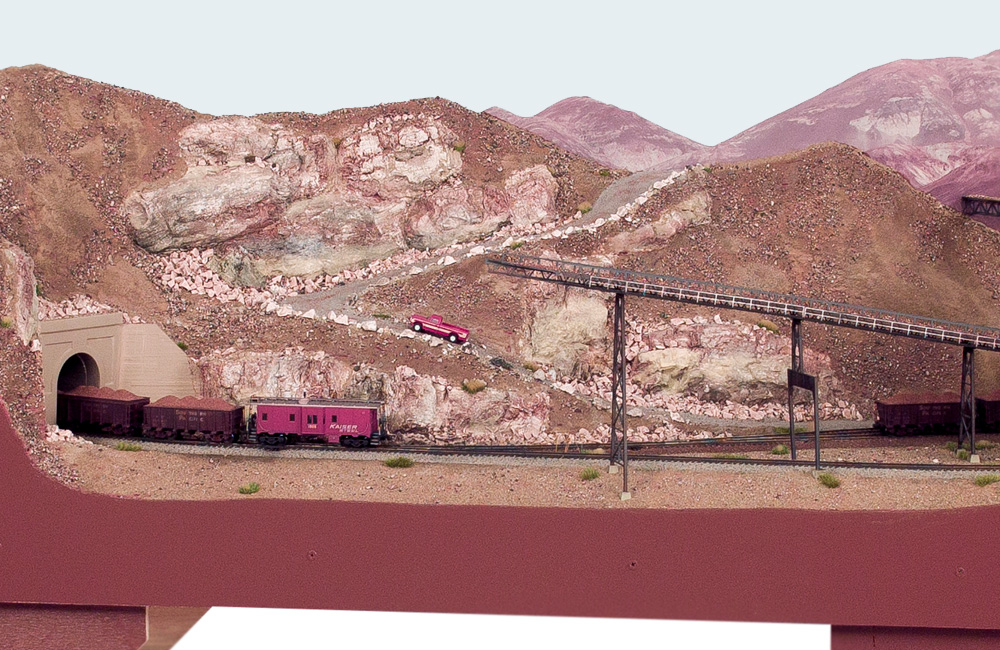
Q: Can you help me decide how high to place a layout backdrop? I am a long time modeler and have used backdrops on a prior double-deck HO layout. I’m now faced with planning backdrops for a single-deck N scale layout with rolling hills. How do I handle a scene that drops on a 2% […]
Read More…
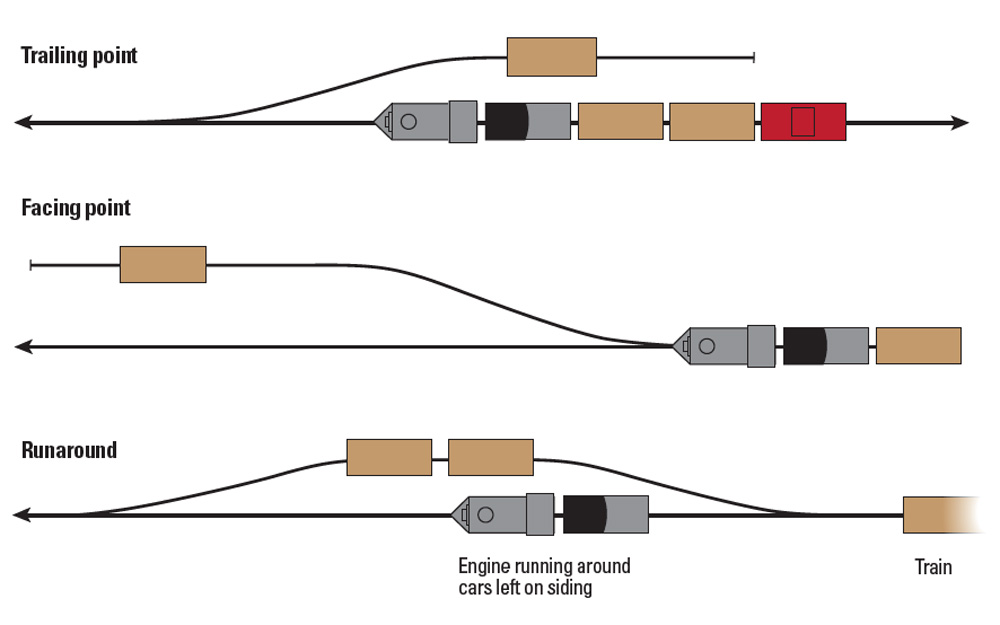
Q: I’m planning my first layout and I need to learn about train movements and switching a model railroad. Specifically, how are cars spotted on facing-point turnouts versus trailing ones? How do I plan for trains running in both directions? – Jesse Brinson A: For those who are new to switching a model railroad, let’s […]
Read More…
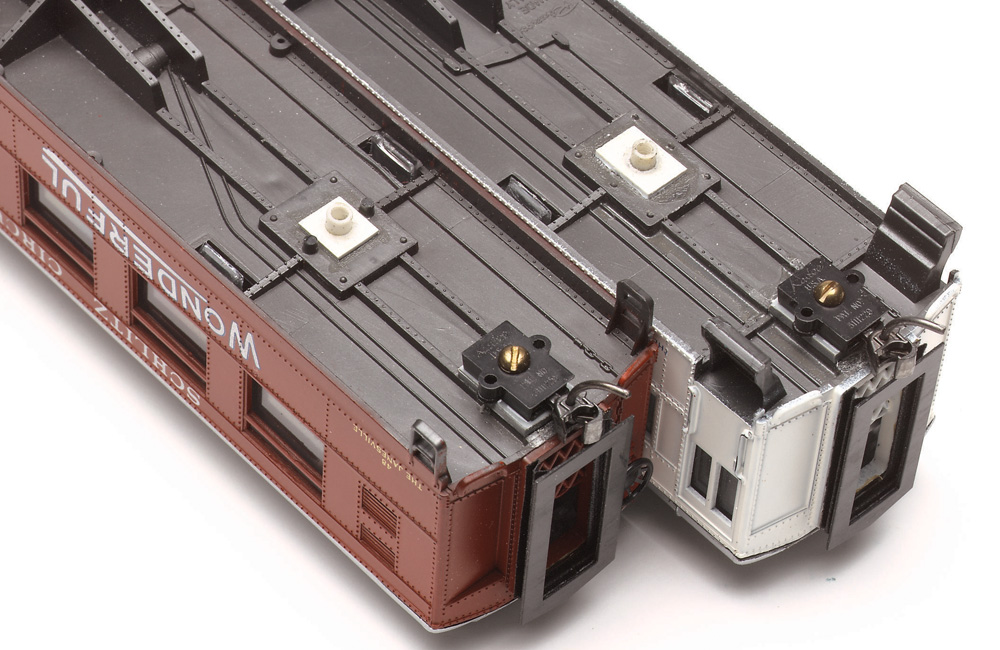
Q: I was recently given some older HO scale hopper cars that apparently had snap-on trucks. What method do you recommend to fill in the hole so I can replace snap-on trucks with the screw-on type? I gather I would use 2-56 screws? – Artie Krass A: What you use to fill in those holes […]
Read More…
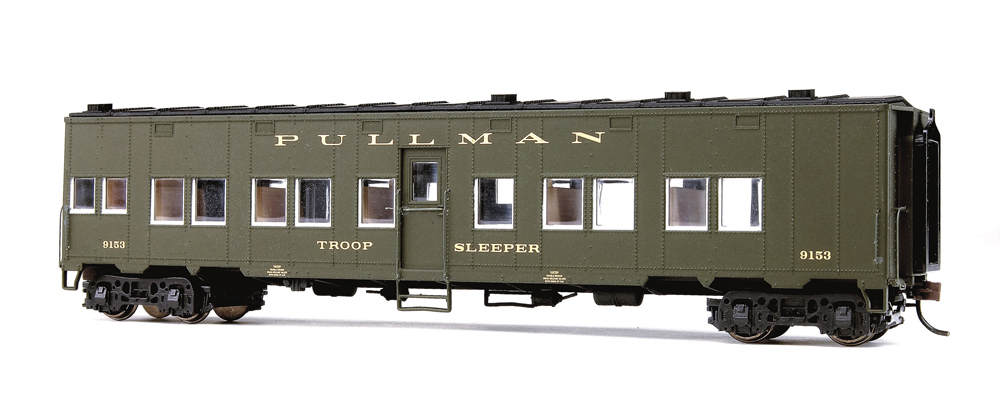
Q: A fellow club member and I just started running the Walthers troop cars on the club layout. We are having problems with the troop sleeper cars derailing on the 36″ curves. Can you suggest a solution to this problem? – Alan Cox A: If those are the only cars having derailing problems on those […]
Read More…
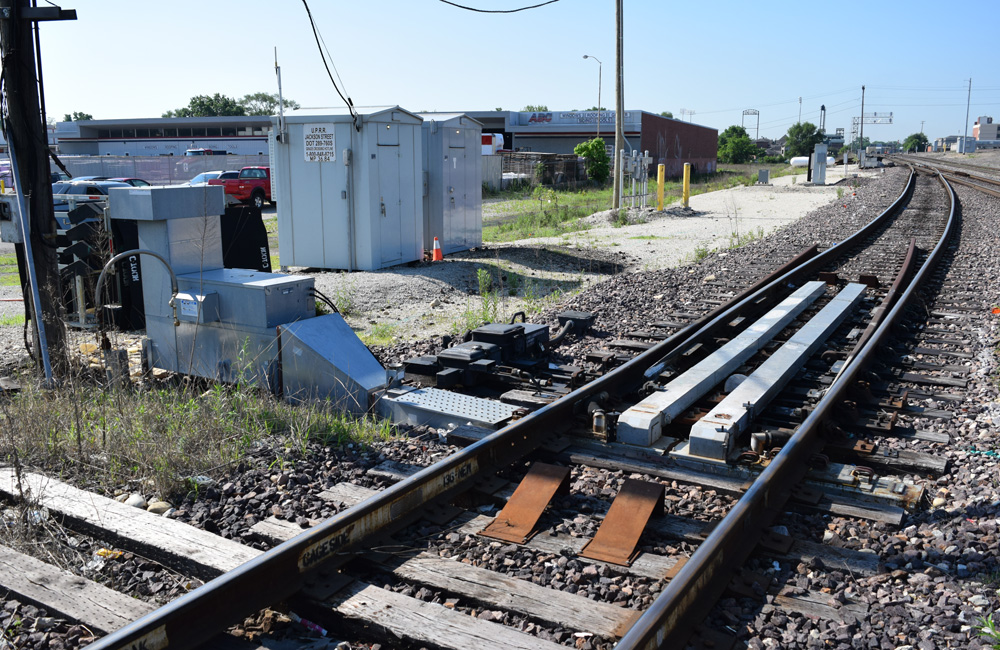
Q: How exactly do switch heaters work? And how can I model a switch heater? – Bob Kolankoski A: Over the years, railroads have tried many different methods to keep switch points from getting clogged with ice and compacted snow. One of the earliest was placing burning smudge pots between the rails. Later, more permanent switch […]
Read More…
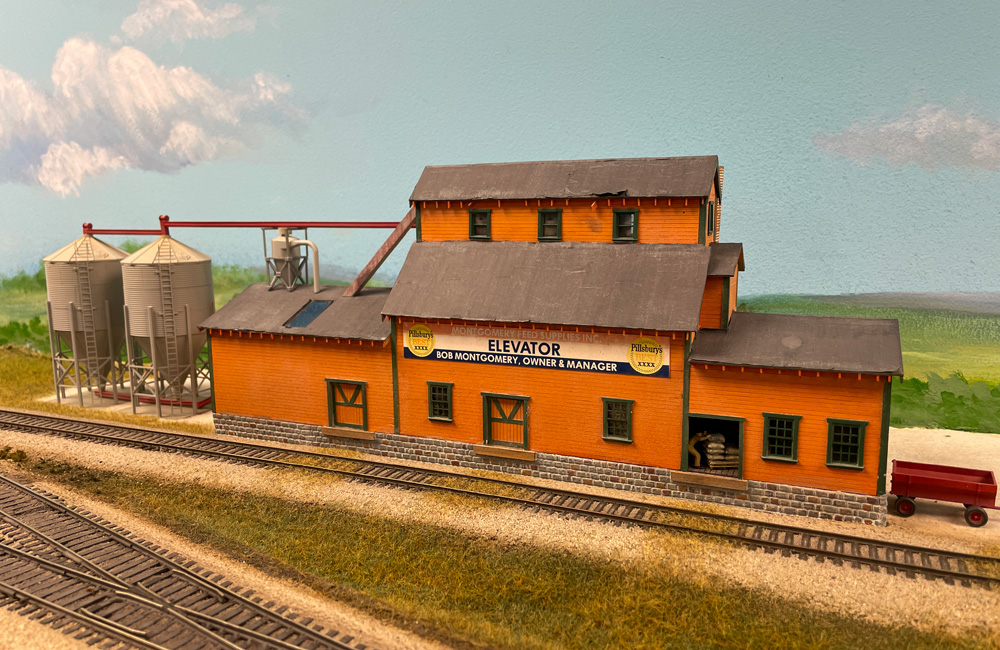
Q: I have acquired a vintage Suydam “Purina Chows” feed mill kit. What would be contained in the silo part of the building (grain or feed) and how did those feed dealers receive grain? Dumping grain from a boxcar seems a bit messy, and covered hoppers were not in use until the mid-1950s. I model the […]
Read More…
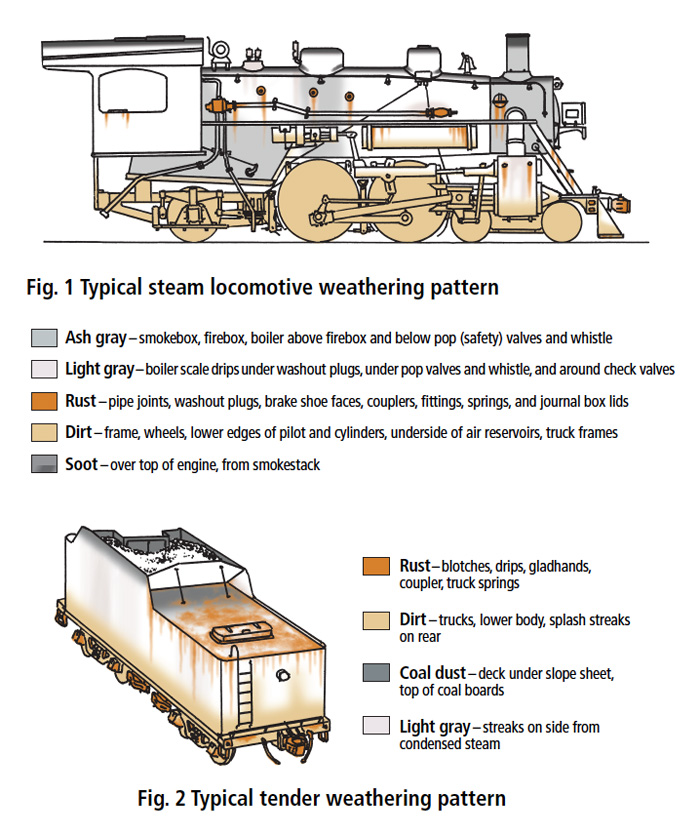
Q: I’m writing you to ask how to weather steam locomotives as well as my log cars, bobber cabooses, and other railroad cars. I would also like to weather some of my buildings. Can you give me some ideas on what to use in weathering my layout? – Russell C. Brenchley, Cottage Grove, Ore. A: […]
Read More…
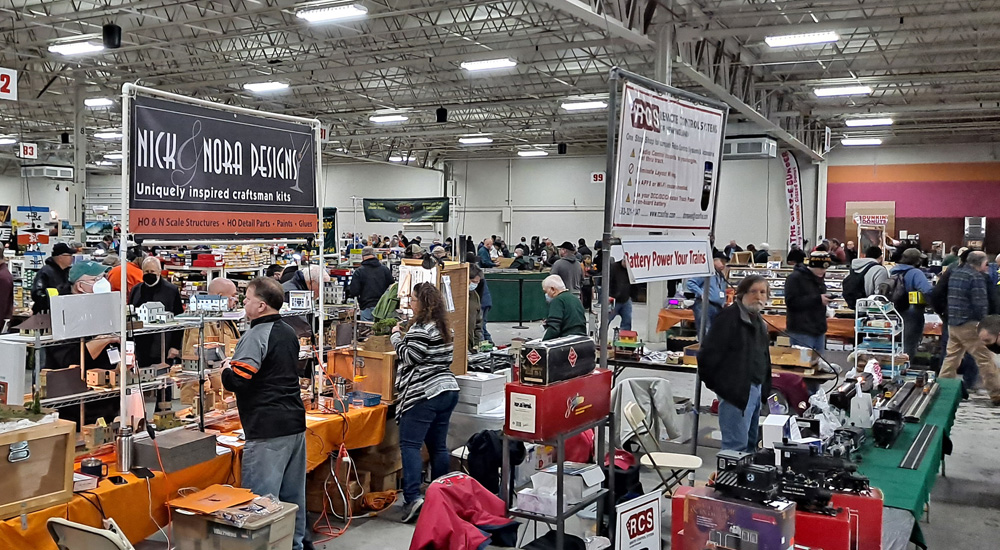
Q: I live in Tennessee. We do not have train shows in our state. I am 84 years old. What can I do to get train shows near me? – M. Collins A: As one 84-year-old hobbyist, probably not much. But as a member of a group, you might be able to do more than […]
Read More…
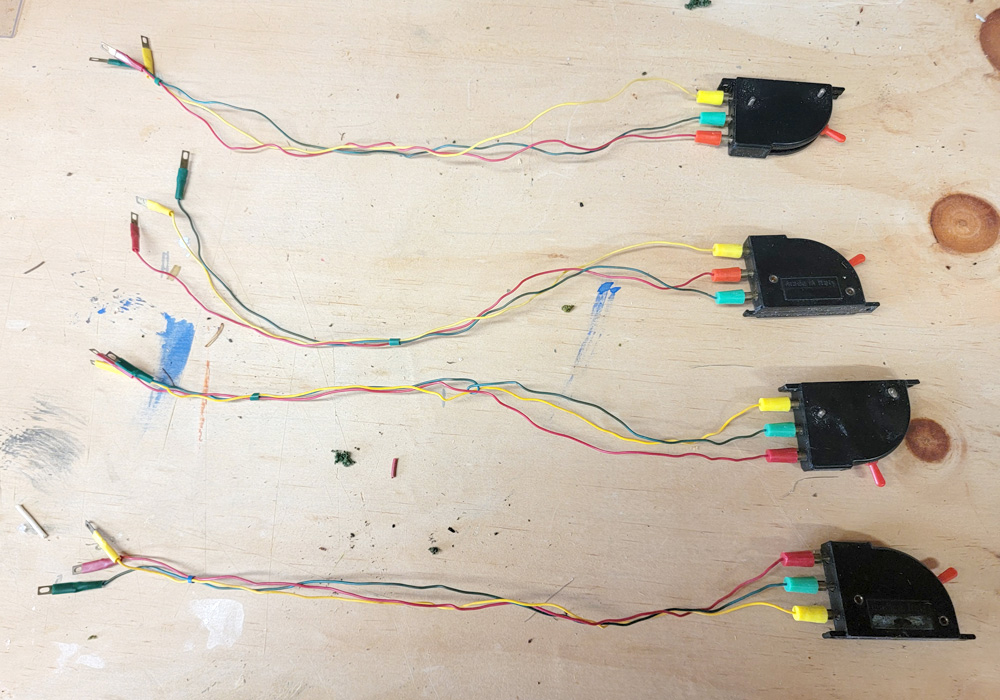
Q: I started model railroading in 1961, when I was a Second Lieutenant in the U.S. Army. Two years later, my family and my career began to grow to the point I wasn’t able to pursue my hobby. I packed up my model trains in 1963 and didn’t open the box until recently. To my surprise, it […]
Read More…
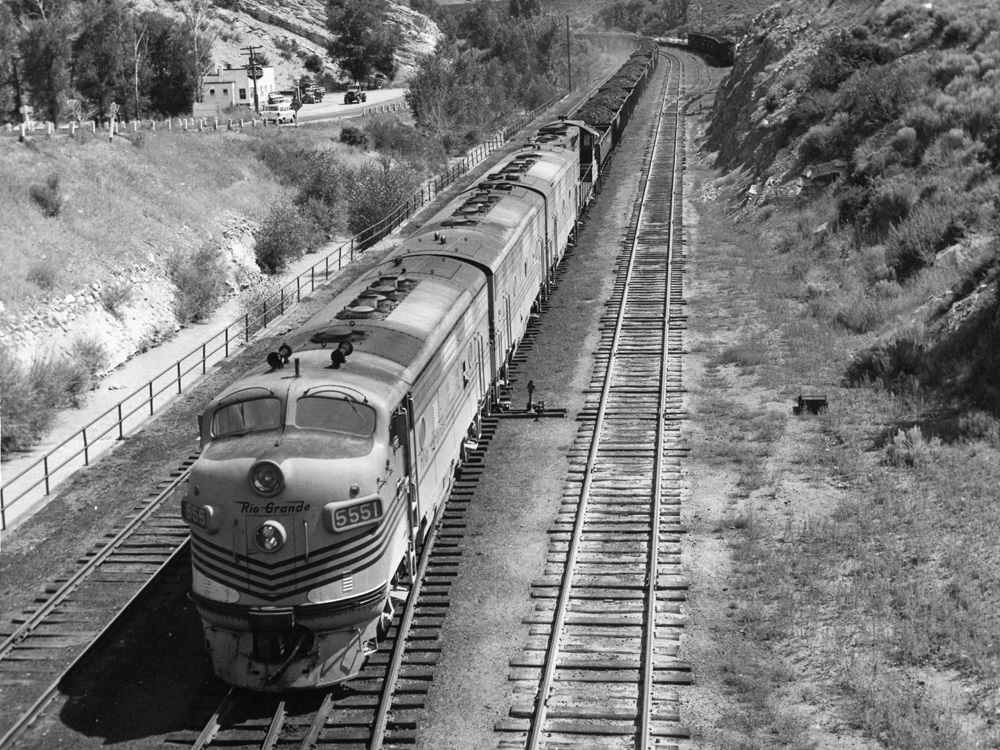
Q: What diesels to pull a 50s coal train? I’m building an “N” scale layout set in the 1950s. I plan to run two loops independent of the rest of the layout, up high, at the back. One loop will have a train running counter-clockwise, consisting of a locomotive and four loaded coal hoppers. When […]
Read More…
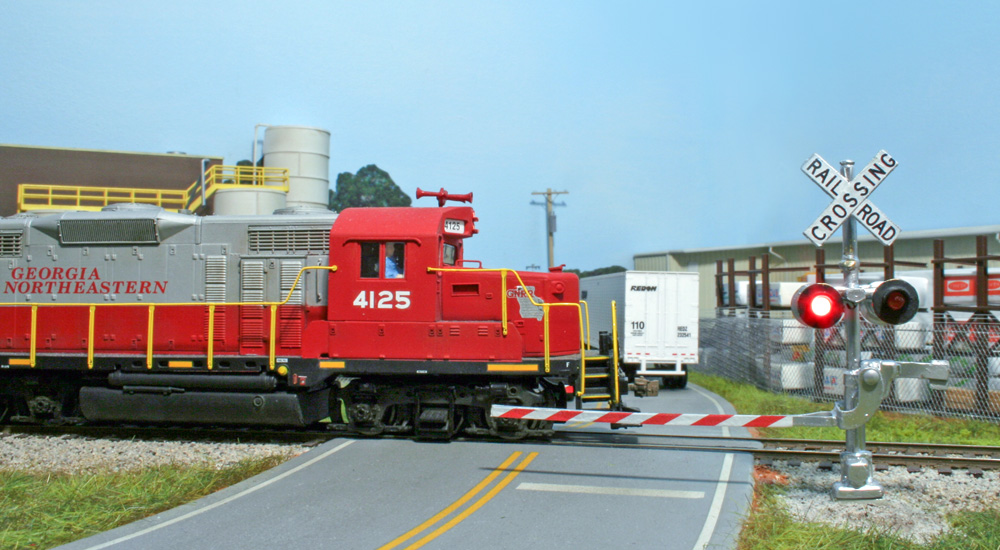
Q: I need some ideas to modernize a club layout. Our HO scale model railroad, which will appear in the July 2023 edition of Trackside Photos, is what I would call “mature.” All the track, scenery, and structures are well in place. We have discussed how to take our model railroad to the next level […]
Read More…
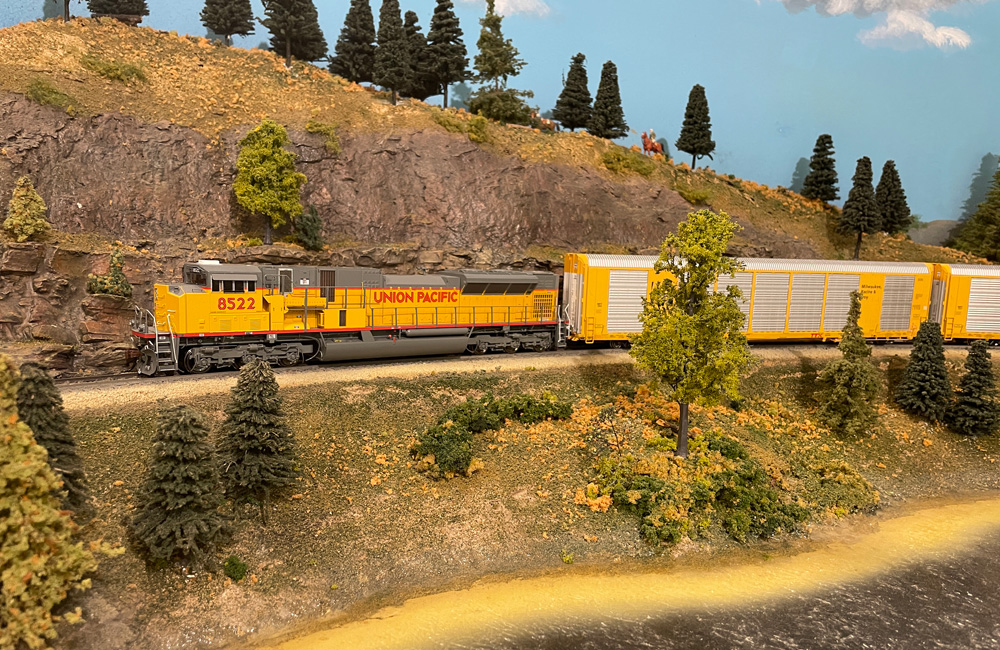
Q: I want to run six-axle power and trains of 15 cars or so around a return loop without any tight curves to it. What would be the recommended curve radius I should use, and how much space for a loop of track do I need? – Mike Bailey A: The flippant answer is, how […]
Read More…












